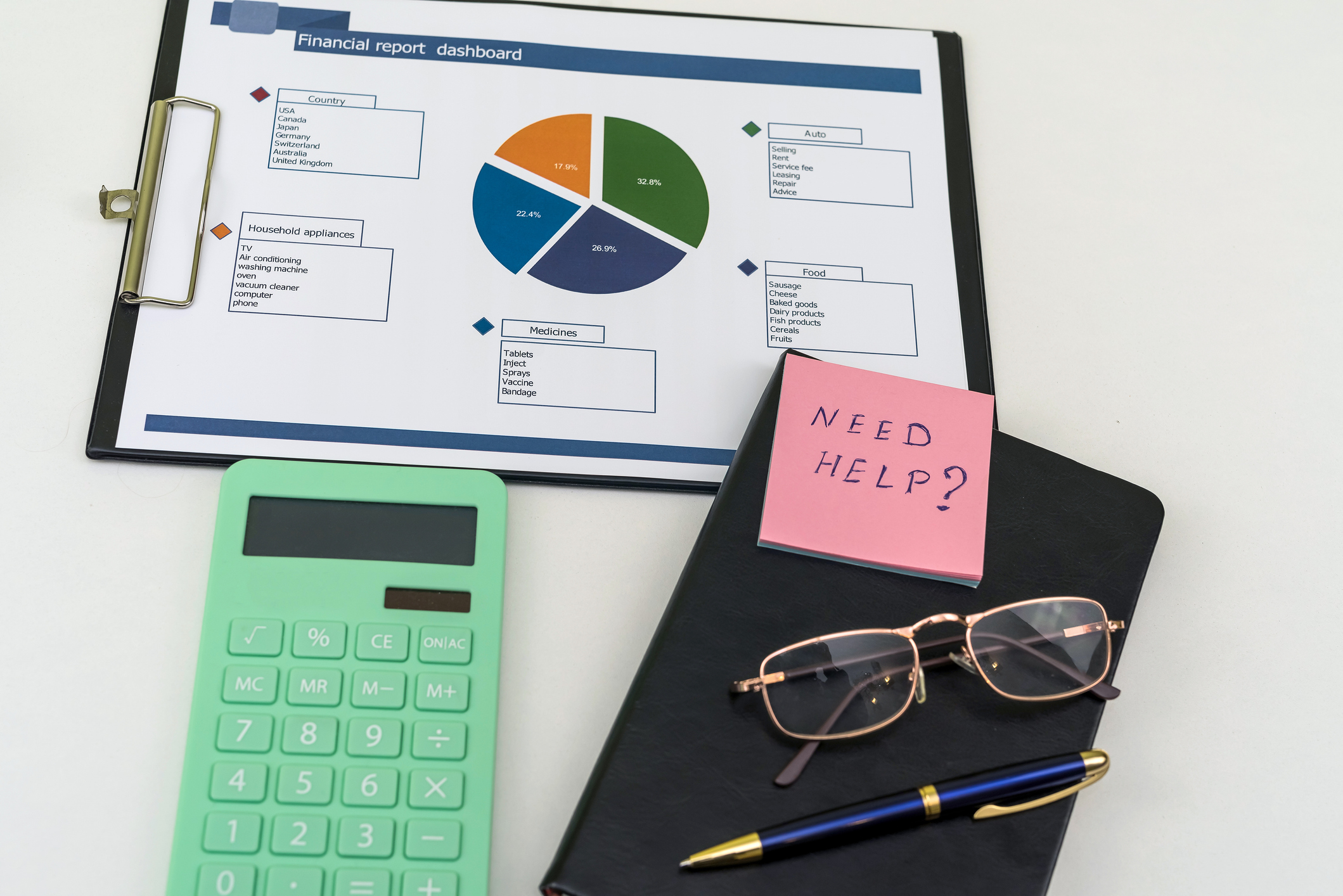Budgeting is the procedure of generating a strategy to spend your money. This expenditure design is called a budget. Producing this expenditure plan permits you to decide in advance whether you will have enough money to do the things you need to do or would like to do.
If you don’t have enough money to do everything you would like to do, then you can use a definite formation process to prioritize your spending and focus your money on the things that are most important to you.
Since budgeting allows you to create an expenditure plan for your money, it guarantees that you will always have sufficient money for the things you need and the things that are important to you.
Whether or not you use a budget worksheet, you most certainly need some kind of technique to determine where your money is going each month. The trick is to figure out a way to track your finances that works for you. This step-by-step guide can help you create and develop a realistic savings plan.

Note Your Net Earnings
The first and foremost stage in generating a budget is categorizing the amount of money you have coming in. Keep in mind that it’s easy to miscalculate what you can afford if you think of your total income as what you have to spend. Remember to subtract the deductions for taxes. Your final take-home salary is called net income, and that is the figure you should use when creating a budget.
Track Your Expenses
It’s imperative to track and classify your expenditures so you know where to make adjustments. Performing this task will help you to detect what you are spending the most money on and where it might be easiest to cut back. Initiate this by listing all of your fixed costs.
These are fixed monthly bills such as rent or mortgage, utilities, or car payments. It’s improbable you’ll be able to cut back on these, but knowing how much of your “once-a-month” income they take up can be helpful.
Next is to list your variable expenses—those that may change from month to month, such as groceries, gas, and entertainment. This is a zone where you might find opportunities to cut back. Credit card and bank statements are a good place to start since they habitually enumerate or categorize your monthly expenditures.

Set Your Objectives
Before you start selecting from the information you’ve reviewed, list all the financial goals you want to achieve in the short and long term. Short-term goals should take no longer than a year to achieve, while long-term goals may take years to reach.
Short-term (1–3 years)
- Emergency trust
- Trip
- Down payment for a vehicle
Long-term (4+ years)
- Retirement
- Your child’s schooling
- Down payment on a home or a remodeling project
Create a Strategy/Plan
Use the variable and fixed expenditures you assembled to help you understand what you’ll spend in the coming months. With your fixed expenses, you can accurately foresee how much you’ll need to budget.
Use your previous spending habits as a guide when trying to forecast your variable costs. You might choose to break down your expenditures even further between things you need to have and things you want to have.
Regulate Your Habits if Needed
Once you’ve completed all this, you have what you need to initiate your budget. Having documented your income and spending, you can start to see where you have money left over or where you can cut back so that you can put money toward your goals.

Keep Checking In
You must analyze your budget regularly to be sure you are staying on track. A few of your budget essentials are set in stone. You may get a promotion, your expenditures may increase, or you may have reached your goal and want to plan for a new one. There are so many variables that require flexibility and focus.
Conclusion
In conclusion, budgeting empowers you to strategically allocate your resources, ensuring you meet both needs and desires. By meticulously tracking earnings and expenses, setting clear objectives, and adjusting as needed, you pave the way for financial stability and achieving long-term goals. Regular review and adaptation are vital, enabling you to stay on course amid life’s fluctuations and uncertainties. About Complete Controller® – America’s Bookkeeping Experts Complete Controller is the Nation’s Leader in virtual bookkeeping, providing service to businesses and households alike. Utilizing Complete Controller’s technology, clients gain access to a cloud platform where their QuickBooks™️ file, critical financial documents, and back-office tools are hosted in an efficient SSO environment. Complete Controller’s team of certified US-based accounting professionals provide bookkeeping, record storage, performance reporting, and controller services including training, cash-flow management, budgeting and forecasting, process and controls advisement, and bill-pay. With flat-rate service plans, Complete Controller is the most cost-effective expert accounting solution for business, family-office, trusts, and households of any size or complexity.
About Complete Controller® – America’s Bookkeeping Experts Complete Controller is the Nation’s Leader in virtual bookkeeping, providing service to businesses and households alike. Utilizing Complete Controller’s technology, clients gain access to a cloud platform where their QuickBooks™️ file, critical financial documents, and back-office tools are hosted in an efficient SSO environment. Complete Controller’s team of certified US-based accounting professionals provide bookkeeping, record storage, performance reporting, and controller services including training, cash-flow management, budgeting and forecasting, process and controls advisement, and bill-pay. With flat-rate service plans, Complete Controller is the most cost-effective expert accounting solution for business, family-office, trusts, and households of any size or complexity.



